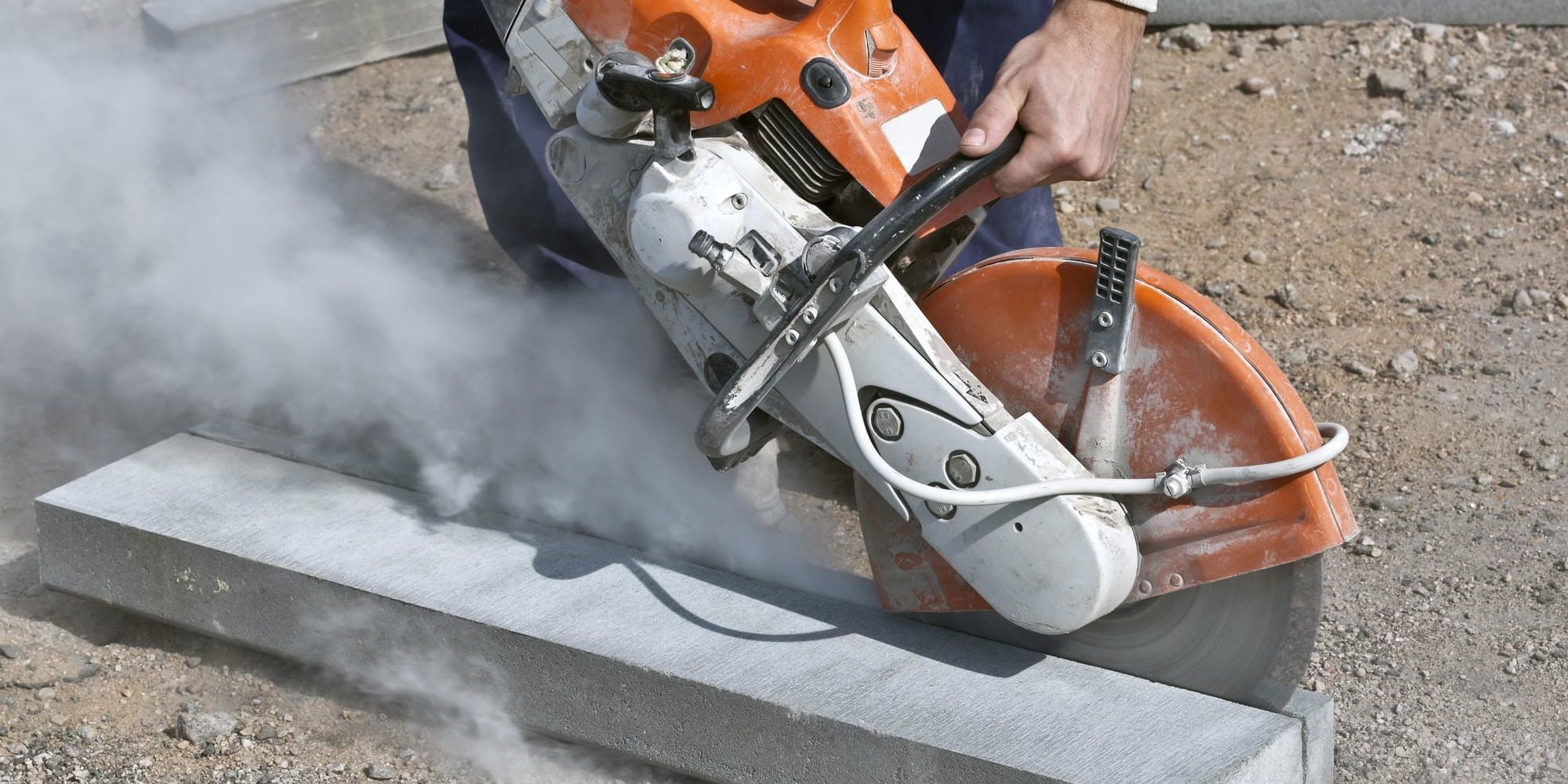1. Cutting concrete undermines structural integrity:
When you cut a slab you compromise the foundational integrity of the building. You may be able to patch the hole so it’s aesthetically appealing, but the floor will not be as solid as it was to begin with. Plus, if your home sits on ground that’s less than solid, such as sand, it may settle differently after the cut.
2. Cutting concrete is never perfect:
You may need to cut a circle, square or rectangle into a floor for burying a sewage ejector and its waste-storage basin, but that perfect shape will inevitably crack on the edges and fray outward in unintended directions. Once a stress crack is created, it can extend into the footing or into the walls.
3. Cutting concrete is unpredictable:
It is difficult to know the depth of the concrete and whether it sits on rocks or a ledge, as well as if it contains rebar or tension cables. You can cause major damage if you accidentally cut one of those cables, so many professional contractors use an X-ray machine to determine the positioning of the cables, which is an additional cost.
4. Cutting concrete creates leaks and seepage:
Once a stress crack is generated, radon and ground-water penetration are major issues, with the latter bringing unwanted moisture and mold problems as well. You don’t need a major flood to trigger these hazards. A higher-than-usual water table, because of extended wet weather, could be the culprit.
5. Large amounts of dust:
Breaking through concrete generates a large amount of noise and dust. The noise stops when the jackhammers and saws shut down, but the dust doesn’t fade as quickly. That’s because it is not conventional household dust, but a thick particulate that gets into the central air system, which means it can be around for a long time if not properly handled.
Consider smart alternatives
Beyond these red flag reasons, cutting concrete can be time-consuming and expensive. The actual expense of cutting concrete depends on the size and complexity of the job, as well as local labor availability and rates. In some parts of the nation, the per-foot rate may be a few hundred dollars; in others, $1,000 or more.



